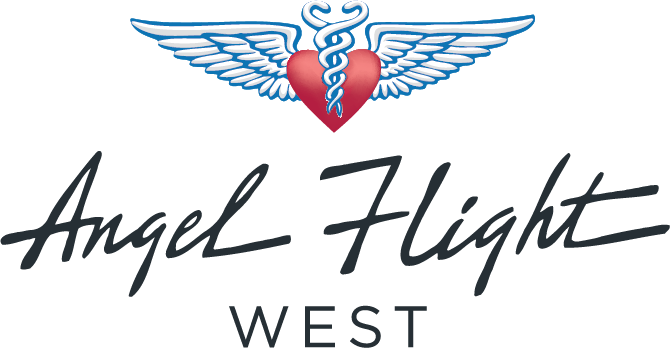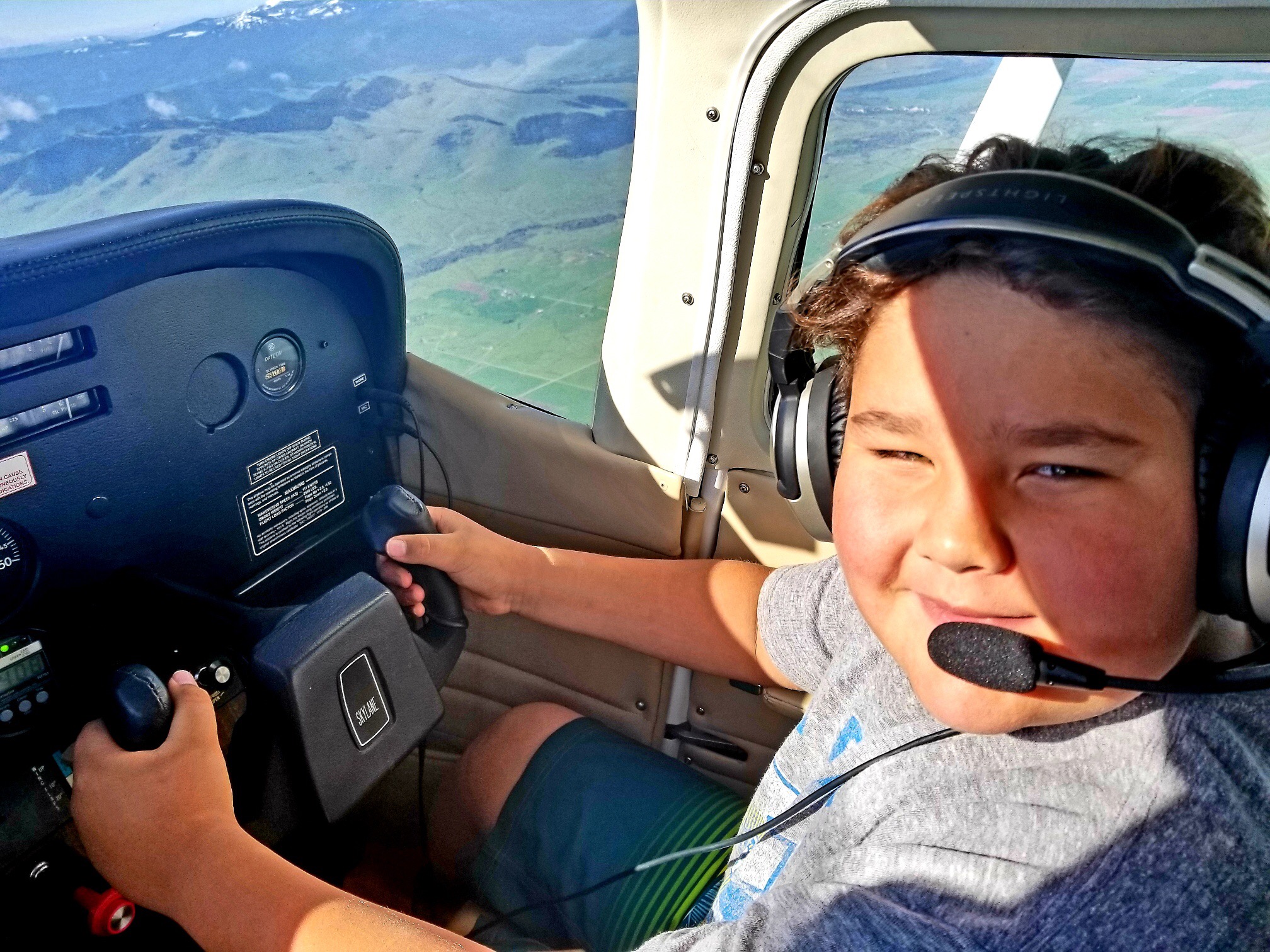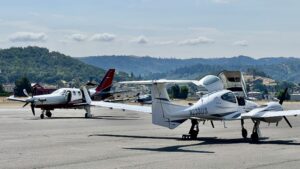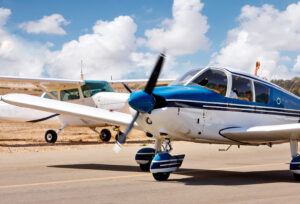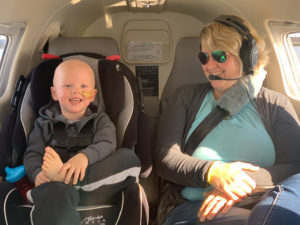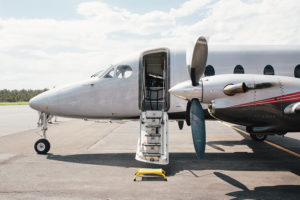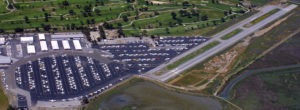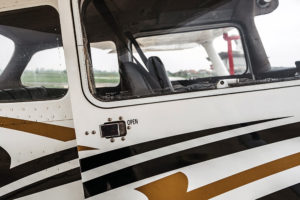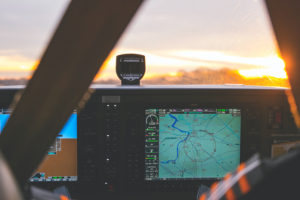Passengers. ATC. Weather. Evil instructors. That little needle that’s pointing somewhere it shouldn’t. Stuff that demands your attention when you’d rather just be pre-flying, flying, or post-flying. We pilots are just humans (Except George. You know who you are), and we’re subject to distractions that interrupt our regular flows, checklists, and processes. Angel Flight pilots in particular are carrying passengers that might demand extra attention, and even if they’re perfectly comfortable and quiet, their medical situations might weigh on us to the point of distraction. And of course, there is self-induced distraction, like trying to run through a checklist or program your flight plan into your avionics while you’re taxiing to the runway.
We all have distraction mitigation techniques, usually initiated after we scare ourselves silly (or worse). But what can we do to ensure we ALWAYS, well OK, almost always, prevent distractions from causing bad things to happen?
The first step is to recognize that you’re being distracted. Red flag! Beep, beep, beep! Then you need to decide what has the highest priority – the distraction or aviating. Sometimes you can postpone diverting your attention to the distraction, and sometimes you can’t. For the former, figure out a way to appropriately delay while you focus on aviating. “Stand by”, finger up, or just temporarily ignore said distraction (or tell ATC, “unable”). But what if you must immediately address this thing? How do you make certain that you get back to aviating before it’s too late?
Scenario: You’re an Angel Flight Command Pilot on a mission with a young patient and her mother on their first Angel Flight. You’re flying your beautiful Bonanza A36. It’s been kind of a turbulent flight, and mom mentions that her daughter is feeling nauseous. Fortunately, you’re just a few minutes from your destination airport, and it’s VFR. To help out, you ask ATC for priority, and they clear you direct to the airport visual approach. OK, good. But now your passenger is getting worse, so you add a little power to expedite your arrival. The destination FBO is near the end of the long runway so you know you can bleed off some speed when you’re on short final. At 5 miles out, the young patient begins vomiting – but at least you prepared for that eventuality by giving mom a Sic-Sac before departure. You add another 10 knots for the approach. Crossing the threshold, you pull the power to bleed off extra energy. Hmmm, it’s taking longer to slow down than you expected, but you finally get to a reasonable touchdown speed with enough runway remaining. Should be a nice, smooth landing, which should calm the passengers. You hear a tone over the sound of the young girl retching – is that the…
Then you hear awful metallic noises as the prop and then fuselage contact the runway. As your treasured chariot finishes sliding down the runway, leaving a layer of aluminum instead rubber, the longest four-letter word in the English language emanates from your mouth, I mean, mind. The cabin becomes eerily quiet, except for the gear warning horn blaring. Then you realize that it would be best to exit the plane and help the now terrified passengers out of the back. It’s harder than you expect because the plane is sitting so low. The tower closes the airport since your wounded plane is stuck on the only runway. Fortunately, you’re able to get mom and patient out safely, but now you have the complication of getting them to the FBO to meet the Earth Angel, as well as dealing with the emergency crews and authorities. You realize this may be their last Angel Flight, as well as your last mission for a long time.
What the @%$&# happened?? You know what happened – you forgot to put the gear down! An immediate distraction (ill patient) caused you to address the situation right away. You concentrated on getting to the airport as quickly as possible. But you did not establish a point at which you can “close” the distraction by returning to normal aircraft configuration and approach speed. Sure, your passenger is ill and wants to be on the ground NOW, but it’s imperative that you slow down and run through your landing checklist when you get close to the airport.
So, what can we do to prevent distractions from embarrassing or killing us (or anything in between)? Here are some ideas.
- Put up a flag. Do something simple to remind yourself that you are addressing a distraction, such as turning your kneeboard over, putting a pen on the glareshield, or making a note. In the above scenario, you could have put a note on the panel or your kneeboard: “3”, meaning you’ll start your slowing to normal approach speed and configuration 3 miles out.
- Decide when to close. Determine a time, location, or other threshold at which point you will focus only on aviating per your original plan, or a new plan if required. Remember to go through any checklists as appropriate. As mentioned in idea #1, deciding to reconfigure at 3 miles out defines your “closure” point for your distraction.
- Decide what you’ll do after. Plan to go back to the beginning of a checklist to avoid skipping critical steps or return to aviating and checklisting per your plan. But if the distraction is due to an anomaly (aircraft, weather, passenger, or pilot issue), then you may need a new plan. Give yourself time to devise the new plan, even if that means diverting from your planned route (“Hey ATC, I need a hold from present position or a delay vector for 3 minutes.”). In the above scenario, as you decided to expedite your arrival, you also needed the conscious decision that you would return to normal operations when closer to the airport.
- Check yourself later. After you’re on the ground and safe, evaluate how you responded to the distraction and think of what you’d do next time you have a similar scenario. In this scenario, you could think about whether expediting your arrival was even necessary, or if 3 miles out was an appropriate point for slowing to approach speed and reconfiguring for landing. We’ll talk about this concept for every flight in a later article.
Well, that’s it. I hope that you (and I) consider these ideas so we can keep distractions from impacting our safe flying. You and your passengers deserve it!
Any comments or questions, please contact me at: BruceP@angelflightwest.org.
